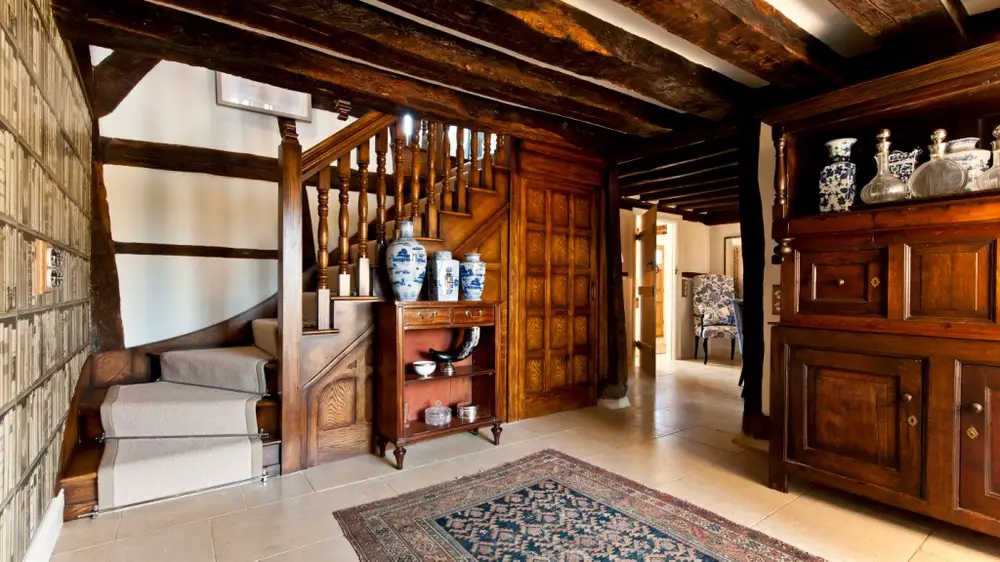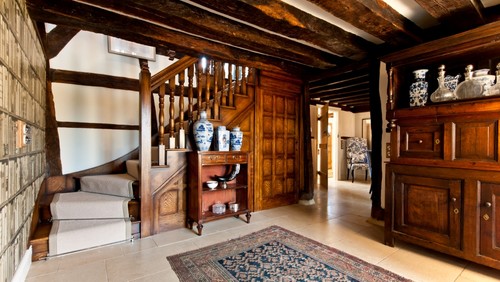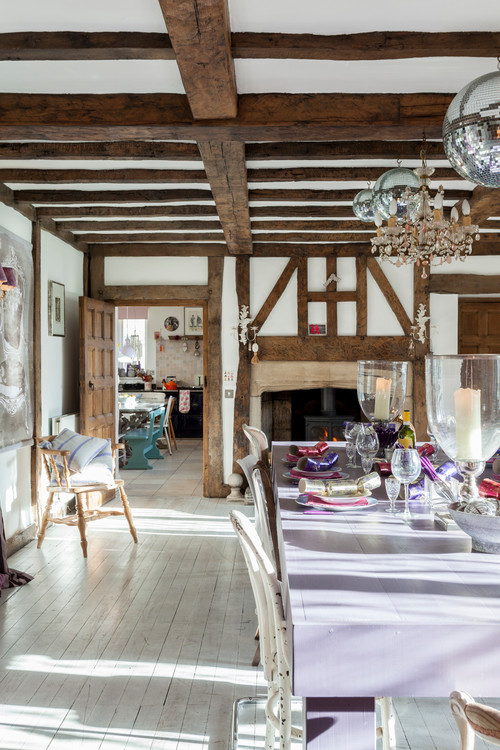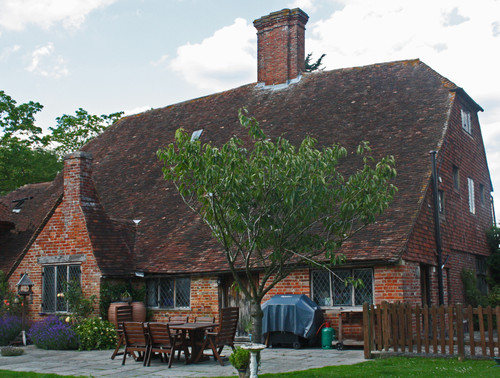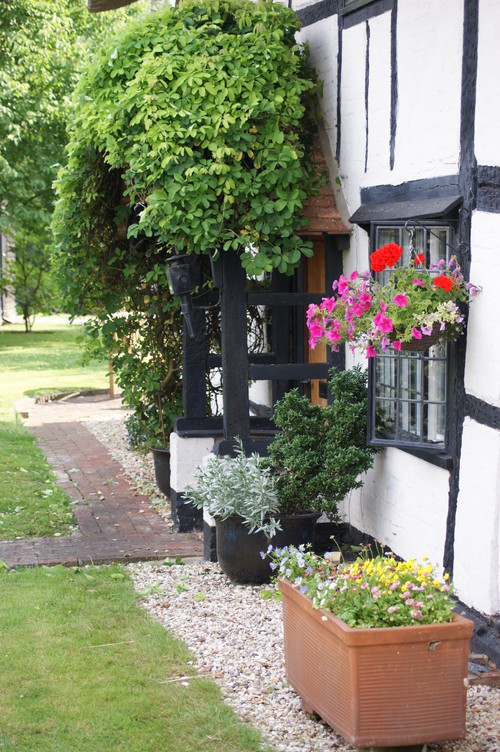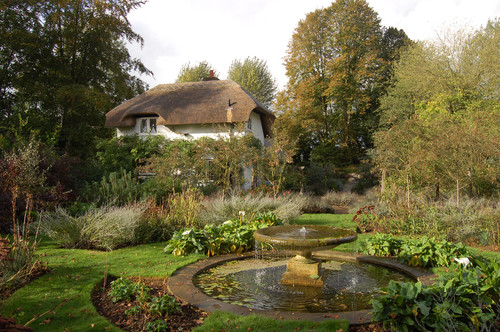The Architectural Secrets of Tudor Houses, Global Projects, Architecture Images
The Architectural Secrets of Tudor Houses
What characterised the architectural style of this period? – Architectural Article by Houzz
3 Jul 2017
The Architectural Secrets in Tudor Houses
Explore the main design features of this distinctive English movement
Full article first published on Houzz
Luisa Rollenhagen, Houzz Contributor
Although style periods never have fixed beginnings and ends and tend to overlap into other movements, the Tudor period is generally agreed to have taken place between the late 15th century, with the accession of Henry VII to the throne in 1485, and the end of Elizabeth I’s rule in 1603. The architectural style that flourished during this time was influenced by many factors, including the Perpendicular style of the Gothic period, the influx of Renaissance artists and the increased availability of land formerly belonging to monasteries.
A period of economic prosperity in England also saw numerous merchants and tradesmen move to the cities, thus increasing the number of smaller houses in urban areas, many of which had jettied top floors to accommodate the vertical growth of a lot of buildings during the time.
The Tudor arch in particular became a distinguishing feature for this architectural period. The depressed arch, with its significant width, became an architectural focal point in iconic buildings such as King’s College Chapel, Cambridge, and Gloucester Cathedral. Other unmistakable details, such as the classic half-timbered exteriors, were readily copied during the Mock Tudor movement of the 19th century in the UK and US, where classic Tudor features were revived in the form of stately mansions with carved oriel windows, turrets and wooden entrances.
Famous examples of original Tudor buildings can still be found all over the UK, with estates such as Sutton House in London and Hampton Court Palace among them. Have a look below at some of the key features that define this architectural style.
History at a Glance
What Tudor architecture
When 1485-1603
Characteristics Timber framing, multiple storeys, a softened Perpendicular style
The emergence of the top floor
With the appearance of enclosed hearths and chimney stacks, fireplaces no longer needed to consist of an open hearth in a great hall, where most of the domestic life in earlier medieval structures took place. Instead, various storeys could now be built above the great hall, and fireplaces could even be located in the upstairs rooms.
Continuing the tradition of the great hall
However, the great halls didn’t disappear entirely from homes, and many original Tudor buildings still feature grand living rooms.
Decorative chimney pots on the roofs and decorative fireplaces also became increasingly popular during the period, with large fireplaces often featuring ornamental carvings and family crests.
Find a suitable dining table for your great hall
Extensive (and sometimes plundered) brickwork
When Henry VIII disbanded the monasteries in the late 1530s, he appropriated their incomes and disposed of their assets on a grand scale. This created a surplus of quality bricks, which were increasingly incorporated into Tudor structures and often featured quite intricate masonry carvings from earlier medieval periods.
Half-timbered exteriors
Timber framing is a process whereby large visible timber frames are utilised to build a home capable of carrying significant weight. Half-timbered exteriors feature panels between the timber frames that are filled with wattle and daub and then plastered over. This type of exterior enjoyed a significant revival during the Edwardian period in England and between the 1930s and 1970s in the US.
Cottages with thatched roofs
Humbler homes of the Tudor era were lighter versions of medieval cottages, and still retained their typical rustic thatched roofs, although the homes themselves were usually made of brick or timber frames at this point.
Steep pitched roofs
The characteristic cross gables of many Tudor homes resulted in another prominent architectural feature of the period: dramatically pitched roofs. The outside of the roof would often be covered in slate tiles.
Learn how to design around a pitched ceiling
Geometric landscaping
Larger and wealthier Tudor estates would feature carefully and symmetrically landscaped gardens and courtyards. Well-kept greenery became another way for the gentry to show off their status and wealth.
Discover what to consider when choosing a garden designer
Tudor-style homes today
Many of the original aspects of Tudor architecture have been appropriated by more contemporary styles, thus ushering in the Mock Tudor or Tudor Revival period of the 20th century, which became incredibly popular in the UK, US and Australia.
Residential Property Articles
Architectural Articles
Orthogonal Architecture by Richard Weston
Modernist Architecture by François Lévy
Comments / photos for the The Architectural Secrets of Tudor Houses article page welcome

